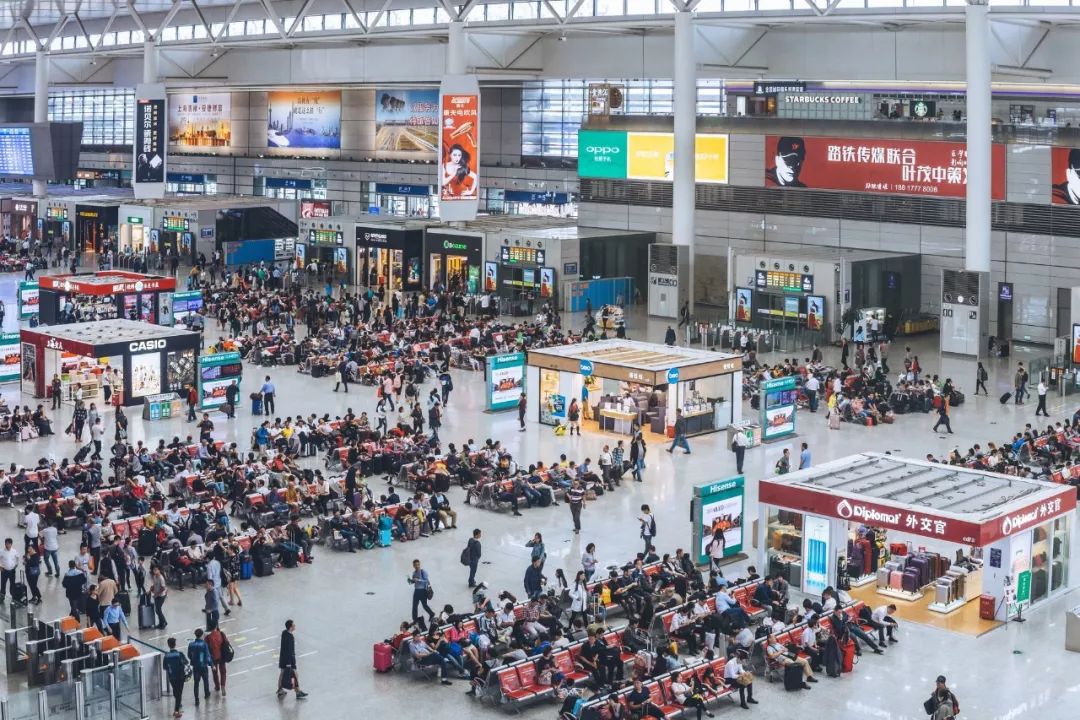When the tide recedes, “share” is reduced to abandonment of capital, and shared massage chairs are no exception.

Production | Forefront of Entrepreneurship
Author | Lian Zhou, Feng Yu
Responsible editor | Feng Yu
When we walked into a movie theater or a high-speed rail station and saw an unattended shared massage chair in the corner, it was hard to imagine that it was once the target of capital competition.
For a long time, massage chairs have been shut out by ordinary Chinese families due to inconvenience of movement and high cost. But once the concept of sharing is blessed, it is like “lost a bomb” in the industry-users can enjoy massage services in public places at a lower price.
From a purely service perspective, shared massage chairs clearly provide a “consumption upgrade” for massage services for Chinese consumers.
Coincidentally, the shared massage chair also caught up with the industry’s warm spring. The global massage appliance market has started to pick up in 2016, and the global market size reached nearly 14 billion US dollars in 2018. At the same time, investors’ “enthusiasm” for the shared massage chair industry has increased. RMB; in 2018, the track financing was 260 million yuan.
However, in 2019, the shared massage chair industry is suddenly stalemate. Not only does the industry no longer have a large amount of financing, the concept of shared massage chairs is no longer talked about by investors.
When the potential circuit is cold, is there a problem with the massage chair, or should the concept of “sharing” be used? Is sharing a massage chair a good business?
1. Massage chair on the air outlet
If you look back on the development of shared massage chairs, it is not difficult to find that the field has gained capital favor earlier, and it does not depend entirely on “shared” Dongfeng. The rigid demand of Chinese consumers for massage has accelerated the rise of shared massage chairs.
On the one hand, the demand of Chinese consumers for healthy consumption is rising.
As the level of urbanization in China increases and the pace of urban life accelerates, unreasonable eating habits and lifestyles will directly affect residents’ health. The report released by Ai Media Consulting shows that more than 75% of China’s sub-healthy population is distributed evenly across all ages.
Today, residents’ health needs have changed from traditional, single medical treatment to disease prevention, health care and health promotion.
On the other hand, the aging of China’s population continues to accelerate, this group generally has medium and high consumption power, and they are the main consumer group of massage chairs.
Compared to the mass demand for massage, the penetration rate of massage chairs in the Chinese market is far below the world average. According to a research report of Huachuang Securities, the penetration rate of China’s mainland massage appliance market is only 1.13%, which is significantly lower than that of Japan and South Korea.
Therefore, since the “shared massage chair” appeared in public places everywhere, whether it is to cultivate residents’ habits of using massage health products or to promote the development of the massage chair industry, the shared massage chair has indeed solved the current massage industry. Development pain points.
So what is the business status of shared massage chairs?
The “Frontline of Entrepreneurship” visit found that massage chairs currently provide users with three types of services: a 5-minute short experience, a 20-minute full body massage, and a comprehensive fatigue relief package for more than 30 minutes.
In addition to providing services, shared massage chairs usually charge users in three ways-according to the service item and number of times, rent the machine to a public place and then collect the rent, and provide display advertising space for advertisers to promote .
When laying points, operators of shared massage chairs will adopt two modes of direct operation and joint operation.
The direct sales model is that the brand pays rent to the property for point placement, and the brand side gets all the revenue. The joint venture is that the brand side and the enterprise share the cost and share it according to a certain percentage. For example, the property bears the entire cost, the brand side provides operating services and extracts a certain amount of income, or the property only provides the venue, and extracts a certain amount of revenue from the massage chair according to the contract.

Some people in the industry have optimistically estimated the profit prospects of shared massage chairs: according to different scenarios, a shared massage chair’s monthly revenue can reach 600 to 1,000 yuan. The high-quality scene may recover the cost in three to five months.
It’s too early to reach such a conclusion. An unnamed shared massage chair agent told the “front line of entrepreneurship” that by the beginning of 2019, the monthly revenue of the 50 shared massage chairs he represented totaled 10,000 yuan. If split